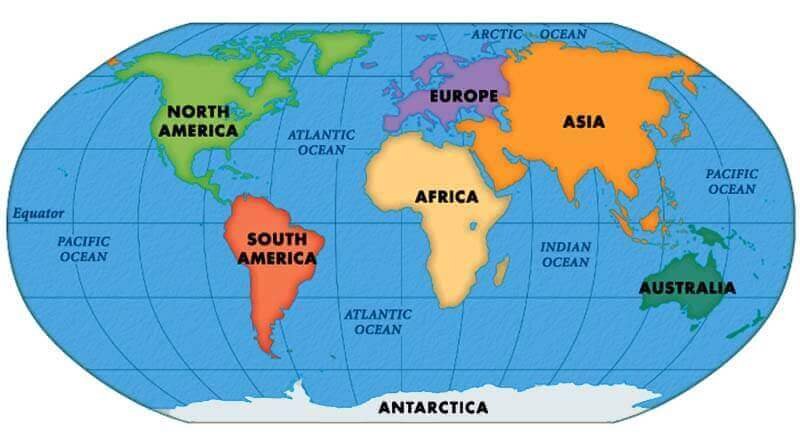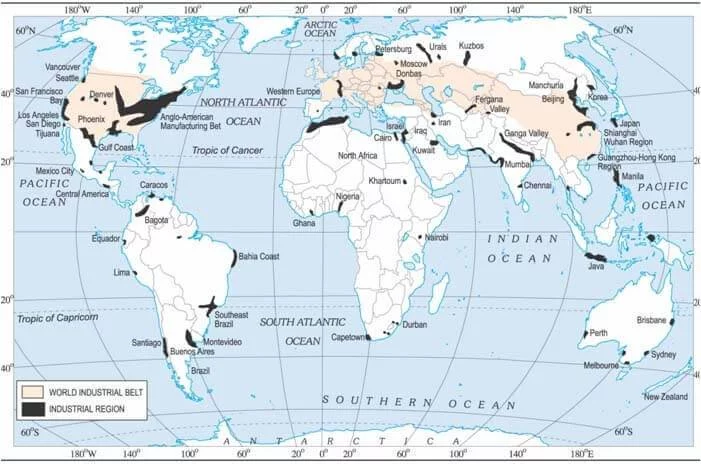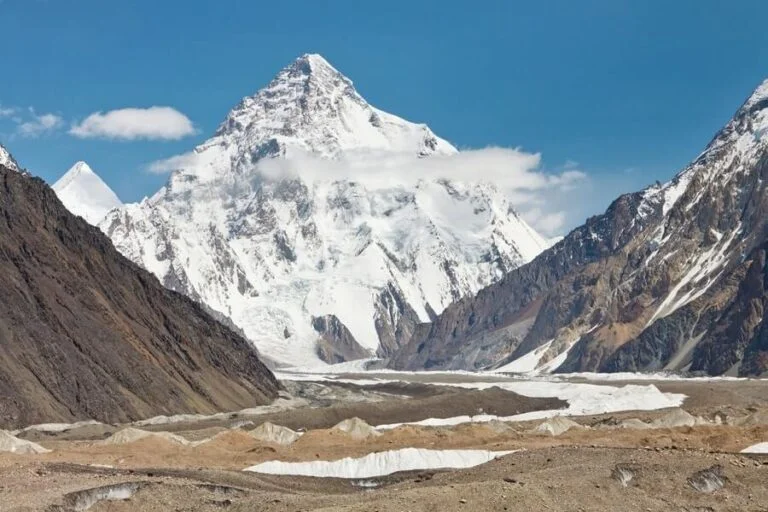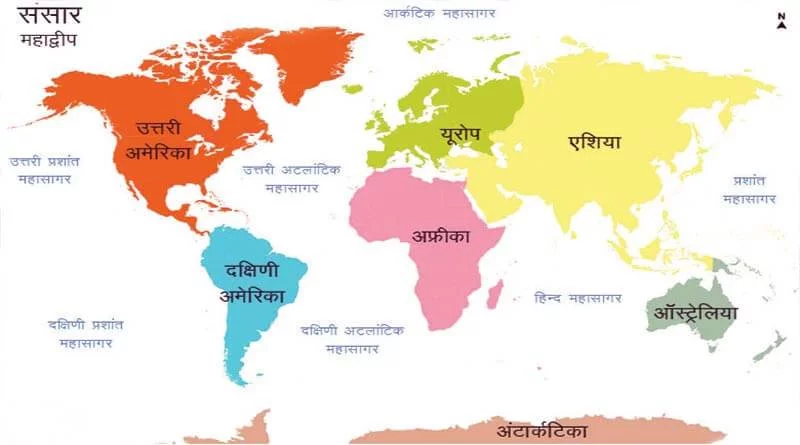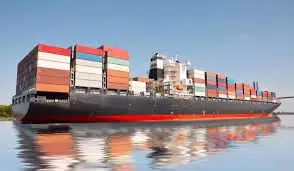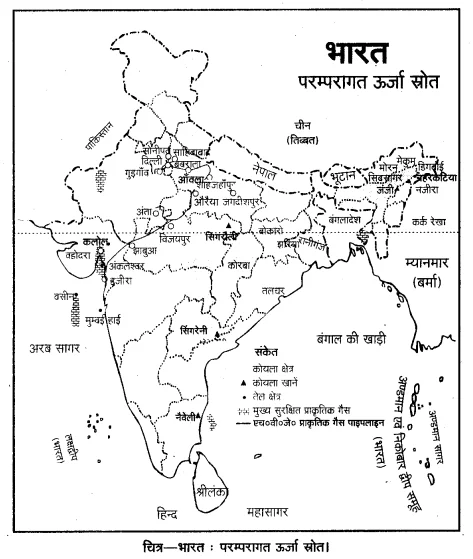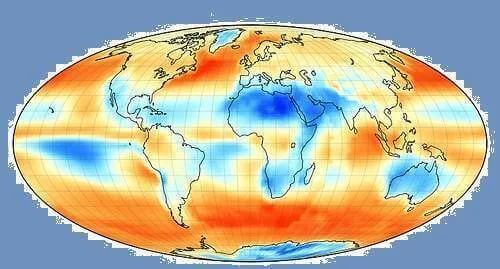World Geography » Geography Is Made Up Of Two Latin Words Geo And Graphi. In This, Geo Means ‘Earth’ And Graphy Means ‘To Describe’. Geography Is The Branch Of Science That Deals With The Study Of The Earth. The Greek Scholar Hecitus Is Considered The Father Of Geography. Another Greek Scholar, Eratosthenes, First Used The Term ‘Geography’. Alexander Von Humvold And Karl Ritter Are Considered The Fathers Of Modern Geography.
1. Cartography : It Is The Science And Art Of Drawing Maps And Diagrams.
2. Mathematical Geography : It Deals With The Preparation Of Maps And The Interpretation And Analysis Of Statistical Data.
3. Remote Sensing And Geographic Information System (GTS): This Branch Has Emerged As One Of The Most Important And Effective Techniques For The Study Of Geographical Problems.
1. What is World Geography?
World Geography is the study of the Earth’s landscapes, environments, and the relationships between people and their surroundings. It explores physical features, climate, ecosystems, cultures, and more across different regions and countries.
2. Why is World Geography important?
Understanding World Geography is crucial for gaining insights into global issues, cultural diversity, economic development, and environmental sustainability. It helps in making informed decisions related to travel, business, policy-making, and international relations.
3. What are the main branches of World Geography?
World Geography consists of two main branches: Physical Geography, focusing on natural features like landforms, climate, and ecosystems; and Human Geography, which studies human activities, populations, settlements, and cultural landscapes.
4. How can I learn more about World Geography?
You can learn about World Geography through academic courses, online tutorials, books, documentaries, educational websites, and geography-related apps. Joining geography forums and engaging with geographers can also enhance your knowledge.
5. What are the seven continents of the world?
The seven continents are Asia, Africa, North America, South America, Antarctica, Europe, and Australia.
6. What are the major oceans of the world?
The major oceans are the Pacific Ocean, Atlantic Ocean, Indian Ocean, Southern (or Antarctic) Ocean, and the Arctic Ocean.
7. Which countries have the highest and lowest population densities?
Monaco has the highest population density, while Mongolia has one of the lowest population densities globally.
8. What are some famous landmarks around the world?
Famous landmarks include the Great Wall of China, the Pyramids of Giza, the Eiffel Tower, the Statue of Liberty, Machu Picchu, and the Taj Mahal, among many others.
9. What are the world’s largest cities by population?
As of the latest data, some of the world’s largest cities by population include Tokyo (Japan), Delhi (India), Shanghai (China), São Paulo (Brazil), and Mumbai (India).
10. How does geography influence global trade and commerce?
Geography significantly impacts global trade by influencing transportation routes, resource availability, market accessibility, and strategic positioning of countries for trade partnerships.
